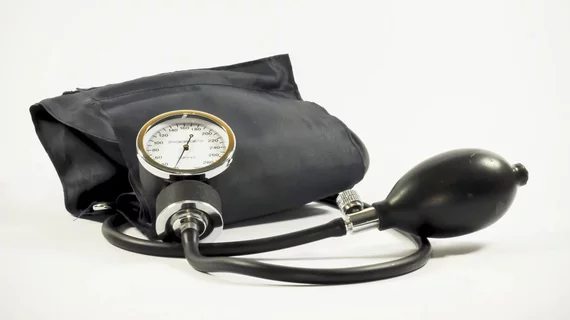Hypertension-related CVD mortality spikes 72% in rural areas, 20% in metros
Americans are dying from cardiovascular disease (CVD) caused or exacerbated by hypertension at alarmingly higher rates than in years past.
That’s according to a study that was slated for presentation at the ACC.20/World Congress of Cardiology conference in Chicago March 28-30 until the COVID-19 pandemic forced the event’s cancellation.
Analyzing millions of death certificates in the CDC’s database for epidemiologic research, lead author Lakshmi Nambiar, MD, of the University of Vermont and colleagues found age-adjusted CVD death rates related to hypertension increased 72% in rural populations and 20% in urban populations in the years between 2007 and 2017.
Further, while hypertension-related CVD death rates were overall higher among men than women for all time points, both subgroups had significantly increasing rates of death over time.
The highest risk of death due to hypertension-related CVD causes showed up in the rural South, where the researchers revealed an age-adjusted 2.5-fold higher death rate compared to other regions.
“Our results provide additional insight into the prior observation that the overall rate of decline of CVD mortality has slowed and heart failure-related CVD deaths are now rising,” the authors comment. “This study reinforces the population-wide importance of the new hypertension guidelines.”
In a news item published online by the ACC, Nambiar says the work has uncovered an overlooked public health emergency.
“We didn't expect to see such a dramatic increase," Nambiar says. “Since hypertension is a leading risk factor for coronary heart disease—for which death rates have improved—we thought we'd see an improvement in hypertension in conjunction with that overall trend. But we’re just seeing it get worse and worse.”

